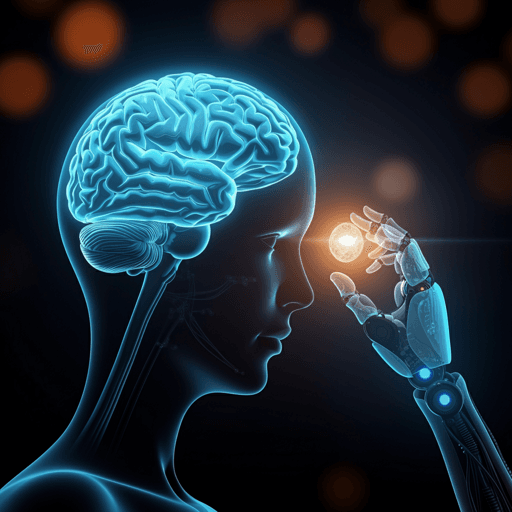
Medicine and Health
The ReHand-BCI trial: a randomized controlled trial of a brain-computer interface for upper extremity stroke neurorehabilitation
J. Cantillo-negrete, M. E. Rodríguez-garcía, et al.
A randomized controlled trial evaluated the ReHand-BCI closed-loop system using a robotic hand orthosis for stroke rehabilitation, reporting improved upper-extremity function and significant ARAT gains in the BCI group, with trends toward ipsilesional cortical and corticospinal recovery. This research was conducted by Authors present in <Authors> tag.
~3 min • Beginner • English
Related Publications
Explore these studies to deepen your understanding of the subject.







